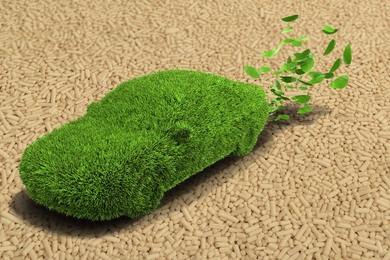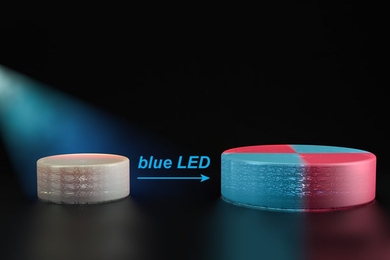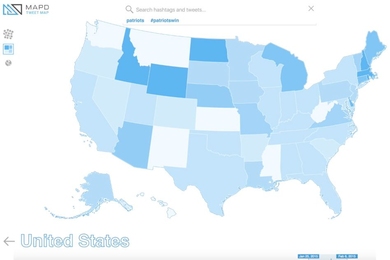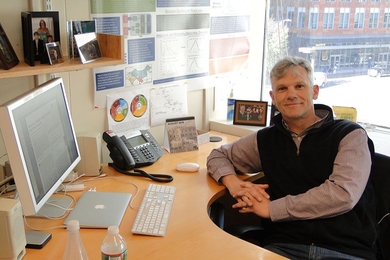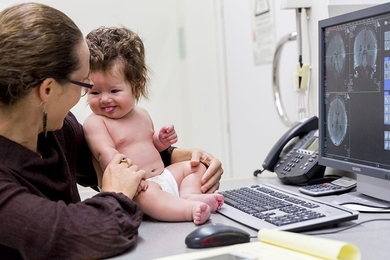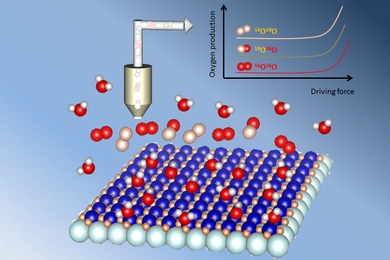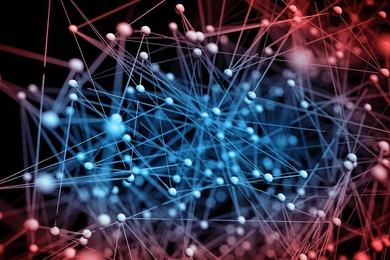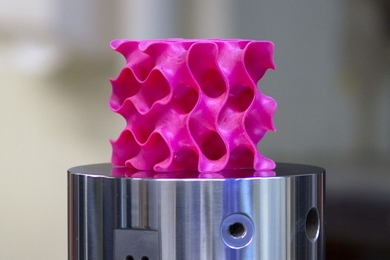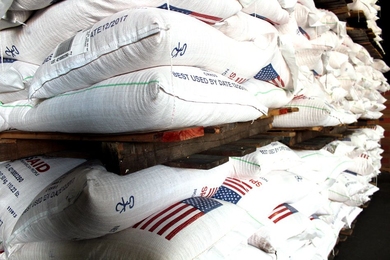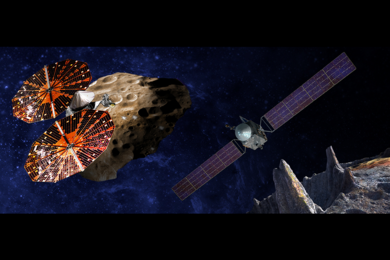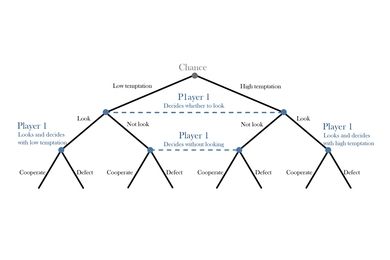Technique enables adaptable 3-D printing
Once fabricated, objects can be altered by adding new polymers.
Study of MOOCs offers insights into online learner engagement and behavior
New report, based on four years of data from edX, represents one of the largest surveys of massive open online courses to date.
House rules
Research shows how rebuilding Britain’s Houses of Parliament in the 1800s helped create clean-air laws.
How photosynthetic pigments harvest light
New model could help scientists design materials for artificial photosynthesis.
Split-second data mapping
New type of database-analytics platform queries and maps billions of data points in milliseconds.
Modeling plausible futures
MIT research scientist C. Adam Schlosser assesses long-term risks to regional water and energy systems.
A glimpse into the workings of the baby brain
MRI scans reveal surprising similarities in activity patterns of infant and adult visual cortex.
Short-lived greenhouse gases cause centuries of sea-level rise
Through warming effects, methane and other gases impact rising seas long after leaving the atmosphere.
Study: Some catalysts contribute their own oxygen for reactions
Finding may help researchers fine-tune metal-oxide catalysts to enhance energy storage technology.
Model sheds light on purpose of inhibitory neurons
Study suggests computational role for neurons that prevent other neurons from firing.
Researchers design one of the strongest, lightest materials known
Porous, 3-D forms of graphene developed at MIT can be 10 times as strong as steel but much lighter.
Reducing spoilage in food aid shipments
Large-scale tests compare damage from insects and moisture using a variety of containers.
Twin wins for planetary exploration
MIT scientists and alumni well represented on newly announced NASA asteroid missions Psyche and Lucy.
Using evolutionary dynamics and game theory to understand personal relations
MIT biophysicists apply mathematics from evolutionary biology to describe a surprising aspect of human behavior.
